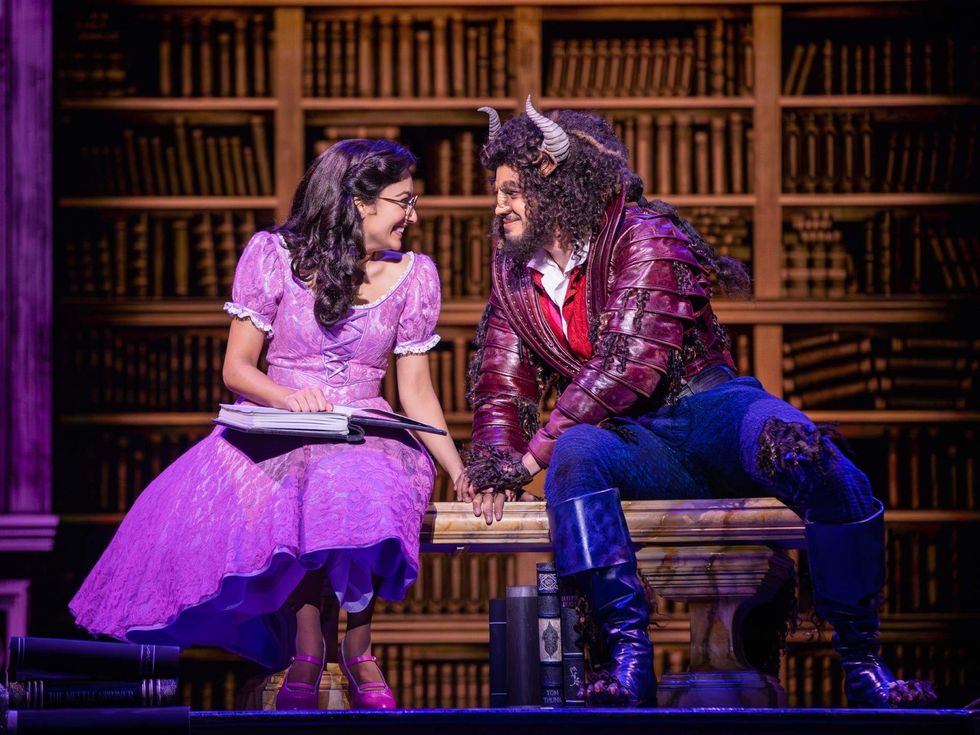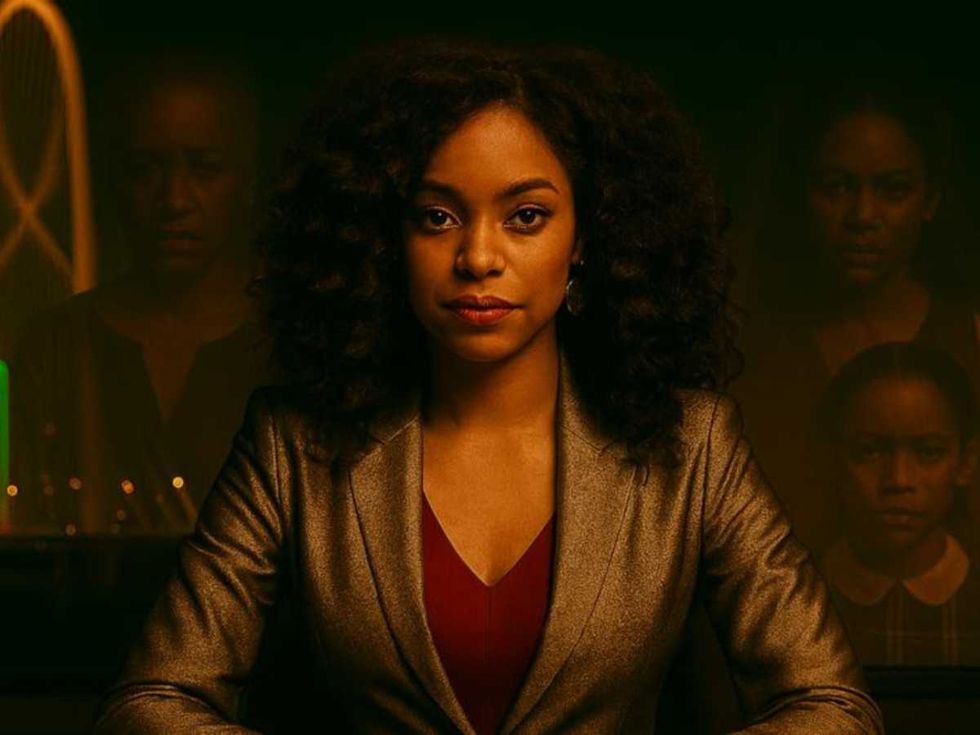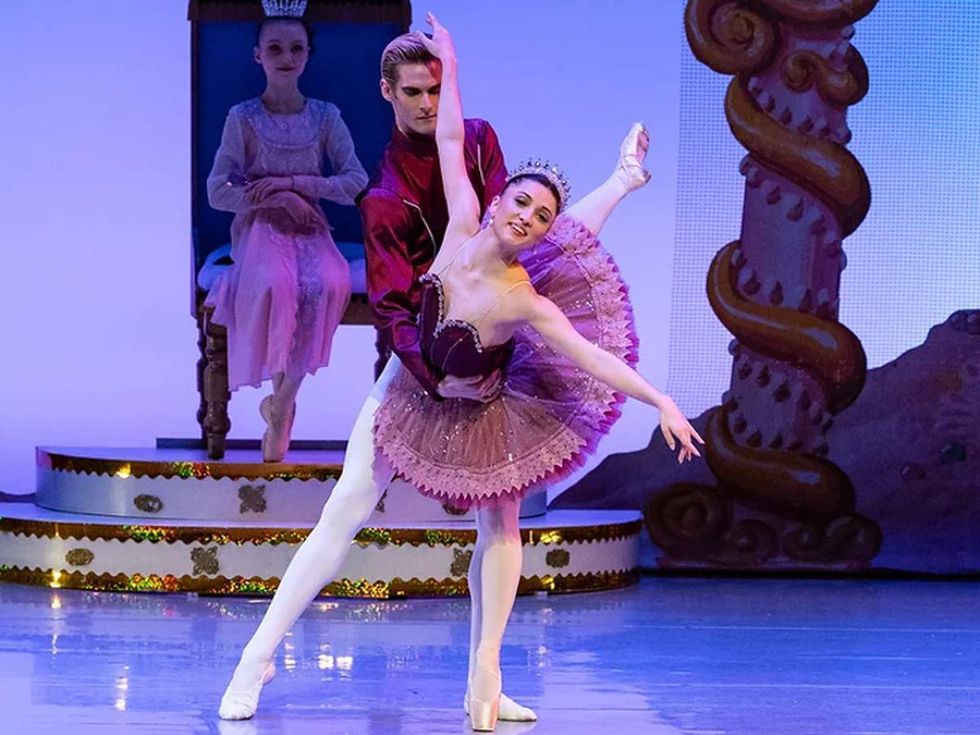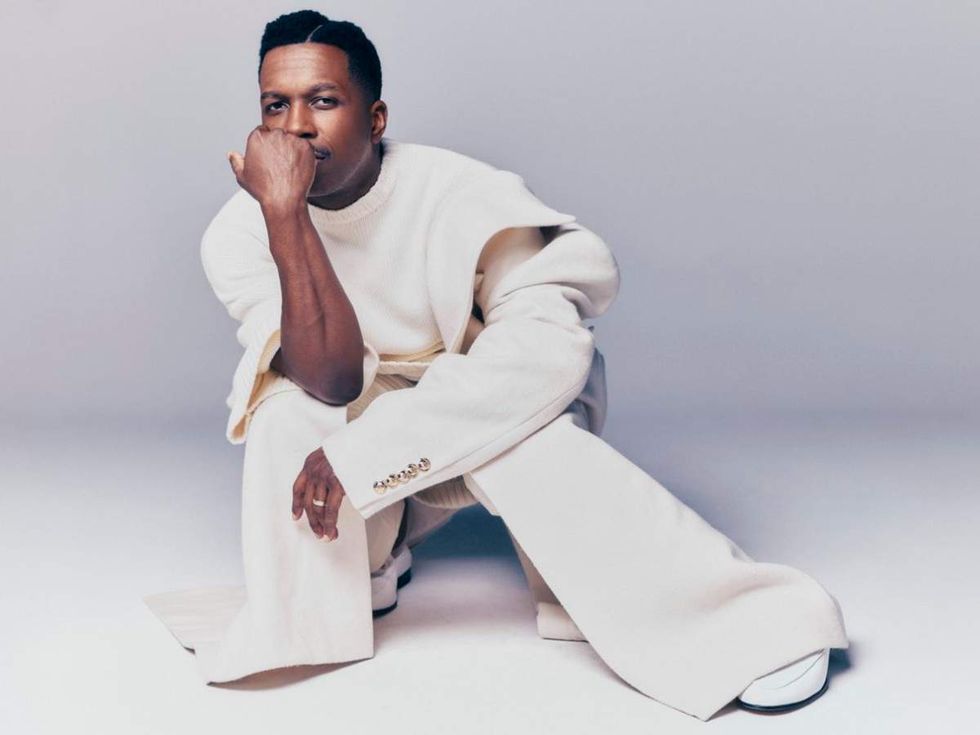Filmmaker QA
How Inside Out team played with emotions to produce one of Pixar's best
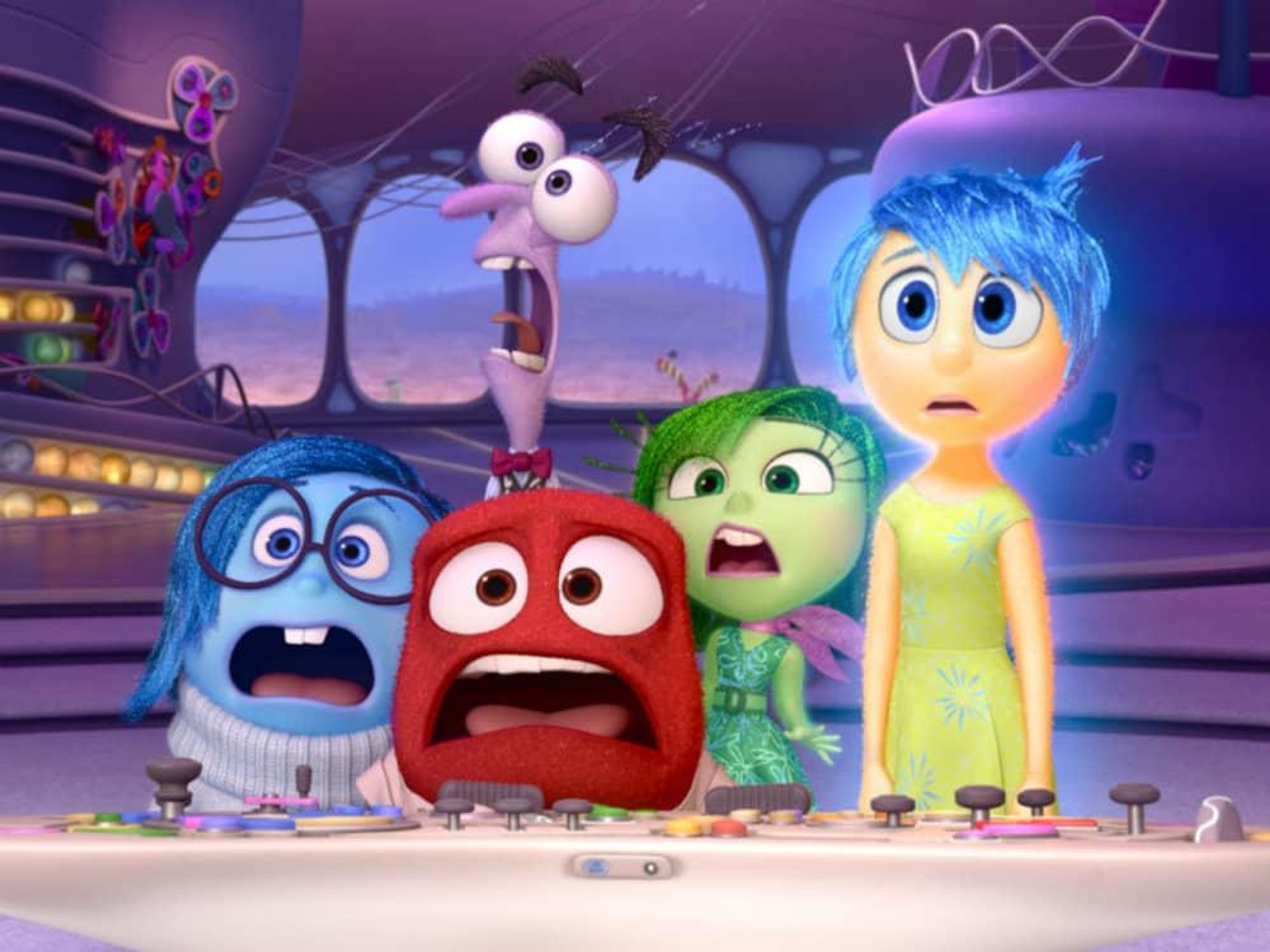
For its latest animated film, Pixar has gone to a place almost nobody but it would think to go: inside the mind of an 11-year-old girl named Riley, to look at her five main emotions: Joy, Sadness, Fear, Anger and Disgust. The result, Inside Out (in theaters June 17), is a wonderful and emotional film that does much to restore the company's name after a few recent misfires.
The film's co-director and co-writer, Pete Docter, along with producer Jonas Rivera, sat down for a roundtable interview about their inspirations for the film, the massive amount of research that went into it and why Pixar is so successful time after time.
Round Table: What is the message you want to give the audience with this film?
Pete Docter: The thing that we were talking about from the beginning is that each emotion in us has a specific reason for being there. Fear keeps you from getting hurt; Disgust keeps you from getting poisoned. But ultimately the real important thing that emotions give us is a connection between each other.
If you really get down to what the most important things in everybody's lives are, it's always going to be your family and your friends, and those are the things you value.
The people that you feel closest to, at least in my case, are people that you've had good times with, but also people that I've been scared for, that I've experienced loss and sadness with. It's really the emotions that gives those relationships depth.
CultureMap: I love the little details you put in about how the mind works, like Joy's projecting lava when Riley jumps from the couch to the chair. How much fun was it coming up with ideas like that, and were there any you couldn't include for whatever reason?
PD: Usually what you do is you come up with a big, long list. Most of them get thrown out, and you keep the top four or five for everything.
Jonas Rivera: The Stream of Consciousness — that's one I sort of miss. We had this idea that, like the Train of Thought, there'd be this slow Stream of Consciousness through the world, and I thought that was really neat and beautiful. But again, there were so many ingredients that after a while ...
PD: The story got really long.
RT: When you're trying to design characters, obviously with emotions you don't have faces to start from. How did you go about creating the looks of the characters?
PD: Well, we talked to psychologists, psychiatrists, neurologists and folks that could help us identify which ones there were and what jobs they had. And then I kind of wrote up a character description for them, and some of them were kind of quirky.
Like, Anger likes meat — kind of non-intuitive things. But then we gave all that stuff to the character designers and they just drew; they filled the room with literally thousands of drawings. Some of them were great but didn't quite work for one reason or another. The characters kind of evolved and got honed over the months.
JR: Pete had said, "I don't want them to be people. They're not little people. They're emotions, so they should look how our feelings feel."
Joy would be like a star; she's always external and exuberant. Sadness was a tear drop. So even their shapes and colors echoed this. Fear was like a raw nerve, just this tight little line. Anger is a brick, this immovable brick. And Disgust is a stalk of broccoli. So their shapes were sort of borne out of that simple thinking and then fleshed out.
PD: We also thought about idioms and phrases that we use, like "Feel hot under the collar" or "I feel blue." Things like that that might be clues as to how they could look. That was the job on the film to take this very abstract idea and make it physical so you could actually build this stuff.
RT: How did you come up with the idea for the memory spheres?
PD: With the memory spheres, the very first thought was that memories would be in jars, like Mason jars. It seemed kind of cool ...
JR: Yeah, that's something you store on shelves. There was something less elegant about it. I just remember someone drawing it like a snow globe, and that felt a little more lyrical and beautiful. It just felt right, and we just sort of leaned that way.
CM: Disgust doesn't seem to be as universal an emotion as the other four, as least not to me. What was the process for deciding how many and which emotions to use?
PD: Different scientists have studied emotions, and they don't agree from one to another. So you'll talk to one guy who'll say there are basically three measurable concrete emotions. Another scientist will say there's 27. There's really no consensus, but the one thing that I think most agree on are the five that we chose.
So disgust is one of them, and it's a really a response to prevent you from being poisoned. So when you give a little baby something bitter, they'll spit it out and then make this face, which we then come to use as the face for finding something gross.
Now that's even come to mean something socially, if I see something doing something gross, I'll make that face. It is definitely a universal emotion. It's seen all around the world in every culture.
JR: With disgust, we thought that was really great when we read the clinical definition and thought, "That'd be really great in this 11-year-old girl." We also found in the research that no one is more socially aware of external cues on the planet than an 11- to 17-year-old girl.
Girls at that age pick up on more external cues than anybody, and so we thought that disgust would make sense. So she's got an important job.
RT: How difficult was it to cast the different roles?
PD: Some of them were a little more obvious. Even as I would pitch the idea, I would say, "Think of the fun we'll have when we get to voice casting. Like, imagine Lewis Black as Anger." And everybody would totally get that.
Other ones we found relatively late. Even Joy was probably the toughest to write for because Joy as an emotion could lean a little annoying. She's just so energetic and wearying. We struggled with that for a while before we said, "All right, let's talk to Amy Poehler."
Her character on Parks and Recreation is similar in that she's an overachiever. She's worked so hard to do what she's trying to do, and I think some of that is what makes Joy sympathetic. You feel like she's working her butt off to make this right for her kid.
JR: Amy can really thread that needle of appeal and positivity, but we hope not too much that you don't buy it.
PD: She and Bill Hader, and to some degree Mindy Kaling, were really involved in writing as well. We spent the lion's share of the work crafting the story, the structure and the emotional bedrock of the thing. And then we'd go to those guys and talk about individual lines — "Can we make this funnier?" or "Do you have any ideas for adjusting this to make it more clear?" — that kind of thing.
RT: Pixar has been such a success over the years. Do you attribute that to the superior, relatable scripts, or is it the ability to take that script and mold it into characters we just instantly love?
PD: I think it's because of the geniuses who work there. (laughter) But we do have amazing people — we have John Lasseter and Ed Catmull, who have crafted a system that allows us to make the calls. At most studios the creative calls are driven by executives who are not actually storytellers, they're more businessmen.
In our case, John Lasseter is the final, final word, and he's a filmmaker, so that's pretty awesome. I know he's always thinking on behalf of the audience as opposed to who knows what else.
JR: He's an executive, but he thinks and responds as a director, so that is pretty freeing and pretty rare. I've only been at Pixar, but it seems with everyone that I've spoken to that it's a pretty rare thing.
I think the other thing is Pixar really gives us the time. We only release movies when we think they're good enough to release, which is why sometimes they even shift around a bit. That's sort of how we think it should be done.
PD: And they know that we're going to make mistakes. At some point, every one of our movies sucks, and we're not just being modest; it's genuine. They're not very good.
Thankfully everybody believes in us and the concept enough to move it forward and build on that. And then the next time it sucks a little less.


